In recent years, new technology has led to a renaissance in automation trends in every industry. However, the impacts of COVID-19 — namely, the increase in remote work and the general disruption to the labor market — have spurred a new wave of innovation.
In its 2021 State of Business Automation report, Zapier found that 88 percent of small and medium-sized businesses say that automation helps them compete with larger corporations. Plus, 65 percent of knowledge workers say their stress levels are lower as a result of automating mundane tasks.
Automation reduces human error, streamlines workflows, and frees up an employee to take on more important tasks. When a company integrates automation solutions, it reduces overall operating costs, translating into significantly larger profits over time. In the post-COVID-19 economy, those cost savings are necessary to navigate the unstable market.
The basics of business automation
Business automation is an effective way to streamline manual processes through innovative, technological solutions. The solutions replace human labor to reduce the amount of tedious work your employees complete each day.
As new technology emerges, it becomes easier to implement new solutions for the future. Your business will stay ahead of the curve by learning more about these solutions as they hit the market and updating your tools as needed. Continually giving yourself an edge in efficiency and the value you offer also keeps you ahead of the competition.
Top 8 automation trends in 2024
While new technologies are always emerging, there are a few key trends you should keep an eye out for in 2024. Check out some of the top ways businesses are automating their processes this year.
1. Workflow automation
In the past, managers had to write and send emails to update employees about their work requirements, creating bottlenecks in processes that often led to frustration and delays (as well as lost emails). However, many platforms now automatically send notification emails to team members when project managers assign new tasks or when updates occur in a project. This means managers can forgo writing emails and focus on overseeing the project instead.
In addition, automation platforms will send reminder emails to employees if they miss a deadline and will update managers when an employee has completed their assigned work. You can send automatic alerts to start the next phase of a project and even send documents for signing and approval.
2. Artificial intelligence (AI) and machine learning (ML)
Businesses looking to save money, reduce labor costs, and speed up delivery times may look to artificial intelligence (AI) for assistance. Currently, the main player in this space is ChatGPT, a generative AI chatbot developed by OpenAI.
Within the first few days of release, more than a million users logged onto ChatGPT to discover the power of entering a single prompt. ChatGPT’s ability to respond to these prompts is starting conversations on how advanced programs like these will become through machine learning (ML).
Machine learning is a process in which artificial intelligence continues to improve upon itself to inch closer and closer to human skills through algorithms and data. ChatGPT has a long way to go before it’s equal to a skilled employee, but the possibility of relying on a single machine to create quality results is a plus for business owners. As McKinsey notes, generative AI like ChatGPT can apply to personalized marketing, report drafting, coding, and other areas.
3. Robotic process automation (RPA)
Every day, employees complete mundane tasks in complex workflows. But these tasks don’t require a human touch, which is why robotic process automation (RPA) is the ideal solution for eliminating them. RPA is the use of robots — in the form of software or AI — to perform data entry, automatic service follow-ups, and other repetitive tasks.
Across industries like finance, manufacturing, and customer service, it’s possible to fully automate some processes through RPA. This is why so many industry leaders are making the move to incorporate it. In fact, according to Gartner, global spending on RPA software is set to exceed $3 billion this year.
4. Chatbots and virtual assistants
Thanks to more integrations with virtual assistants like Siri and Alexa, workers can keep their hands free while they ask for assistance from anywhere in a room. With accurate dictation functionality at their disposal, users can send emails or Slack messages without a screen in front of them, even as they prepare dinner.
In the realm of customer assistance, however, chatbots are the automated tool of choice, helping customers solve simple issues without speaking to an agent. This saves them time and saves your team effort, creating a better experience. Chatbots not only simplify customer service processes but also reduce the overall strain on call centers.
5. Instant collaboration
Before COVID-19, employees had to book conference rooms and find time to connect in person. With many people working remotely, new automation innovations make it easier for them to get face time with other team members for productive breakout sessions.
Many platforms offer doodling tools to discuss design issues. Some support collaborative editing of images or even making notes on video files. Best of all, after meetings, these notes are easy to export to project management platforms, saving time on translating them into action items or resources.
6. Hyperautomation
A relative newcomer in automation trends, hyperautomation, as its name implies, streamlines as many processes as possible. Companies have only recently implemented it, thanks to advancements in machine learning, AI, and RPA.
Hyperautomation gets all your separate automation systems to work together for maximum efficiency. For example, if your business uses robotic equipment, AI and machine learning platforms can analyze that data to find more productive workflows.
These systems can further recommend operational changes to business owners, with a numerical estimate on the impact these recommendations may have on key performance indicators like operating costs and productivity.
7. Cloud-based solutions
Not having enough storage is a problem of the past with the new wave of cloud-based solutions. These tools increase your team’s flexibility by hosting their solutions online rather than relying on a local server.
First, your team has access to their work wherever they are, increasing productivity and freeing them from location and time constraints, so they can work from anywhere — a perk that can increase employee satisfaction. These cloud-based solutions are also regularly updated and easy to implement, so you need less help from IT.
8. Low-code/no-code solutions
Although coding is a valuable skill, not every employee has the time or ability to learn how to do it. That’s why many automated solutions are transitioning to low-code or no-code software. If any employee, regardless of their coding knowledge, is capable of using automation tools, your team increases its capacity for cooperation and agility.
Jotform is one ideal solution for companies looking to automate their operations. The platform offers over 10,000 customizable form templates and 300-plus table templates — more than any other on the market. You can also leverage Jotform Approvals to create a robust workflow that functions according to conditional logic.
Jotform’s approval flow templates include more than 100 ready-made workflows to automate a wide array of business processes within human resources, accounting, legal, business operations, and marketing. Some templates include prebuilt workflows for client onboarding, mileage reimbursement requests, and even rental application reviews. All of these workflows are flexible and fully customizable.
Pro Tip
For evergreen tips on automation, check out Jotform founder Aytekin Tank’s new book Automate Your Busywork to learn how to use no-code automation to offload repetitive tasks, boost productivity, and maximize your time.
The impact of automation trends on business operations
Beyond adjusting your workflow, new solutions offer immediate benefits for all kinds of business operations. Here are some examples.
Streamlining processes and increasing efficiency
Automating tasks that don’t need human input means your employees can work together on more high-value tasks. For example, taking notes has long been a necessity for any business meeting. However, video conferencing platforms like Zoom and Google Meet now transcribe meetings live and provide transcripts at the end of each session. This way, people can focus on contributing to the meeting.
Other platforms, like Stormboard, make it easy to generate post-meeting reports that include screenshots of presentations, summaries, and even actionable items and assigned tasks. Users can edit these reports to create content for different audiences, including internal stakeholders, clients, and customers.
Enhancing customer experience
New technology can change the way your customers interact with your brand — for the better.
Consider the way you currently nurture your customer relationships. After a customer calls, your team then needs to take the time to follow up with them about their experience, suggest new products, and offer incentives. You can automate all these steps so your customer gets the care they need, without additional work for your team.
Tools like chatbots also allow your customers to handle issues and answer questions quickly themselves while avoiding the need to call into a customer service line. This saves them time and hassle — and reduces the potential for frustration.
Improving data analysis and decision-making
While data analysis is critical to how you make business decisions, data entry is a monotonous task most employees would rather avoid. Automating entry cuts down on human error and reduces bottlenecks.
Data analysis software allows your team to upload data and receive automatically created reports, recommendations, and insights. You can also easily share visual dashboards with clients or pull them up during presentations. Using these solutions not only cuts down on labor and other costs, it also increases your data’s value and usefulness.
Automation: The way to stay ahead of the competition
It’s hard to track every new piece of tech that comes out. However, by keeping up with the latest automation trends, your business can improve efficiency, benefit customers, and save money.
Try Jotform to stay on the cutting edge of your industry and watch your business grow with automations that fit your needs.










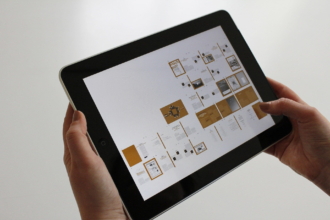
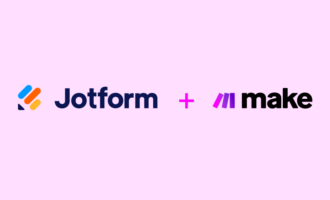







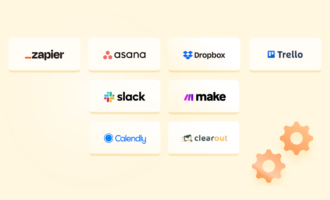









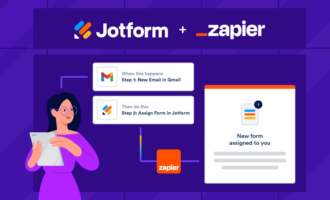


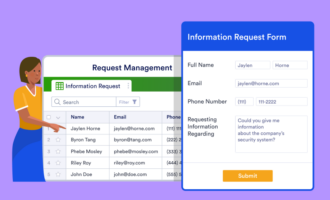







































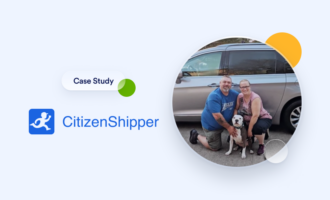





Send Comment: